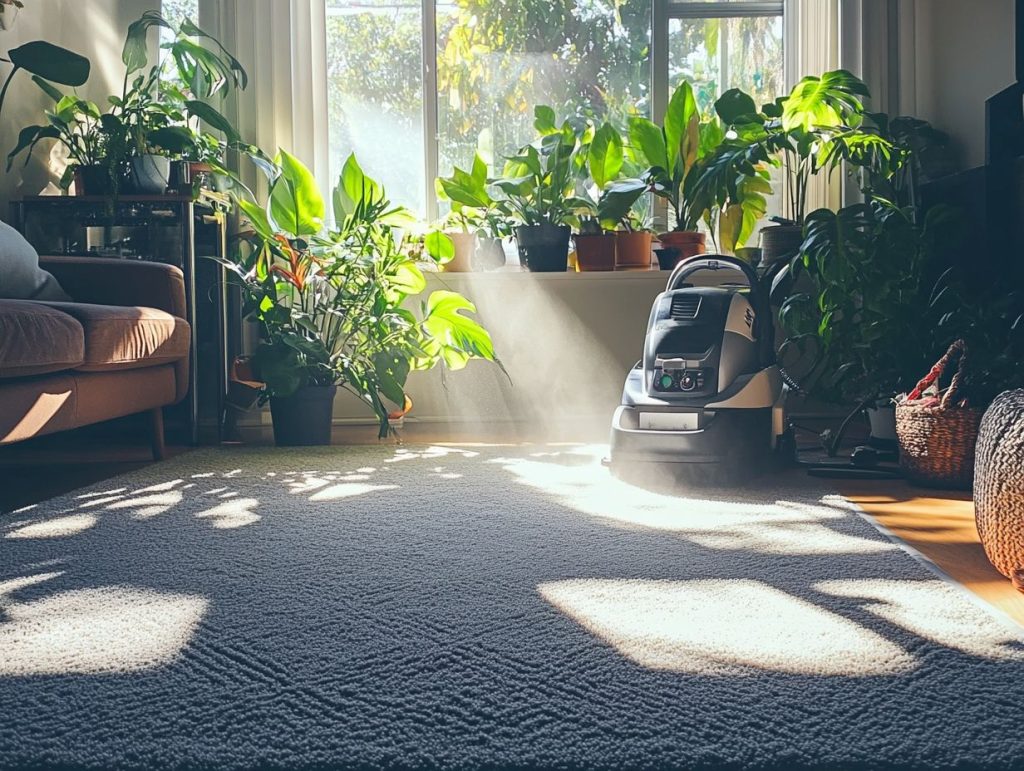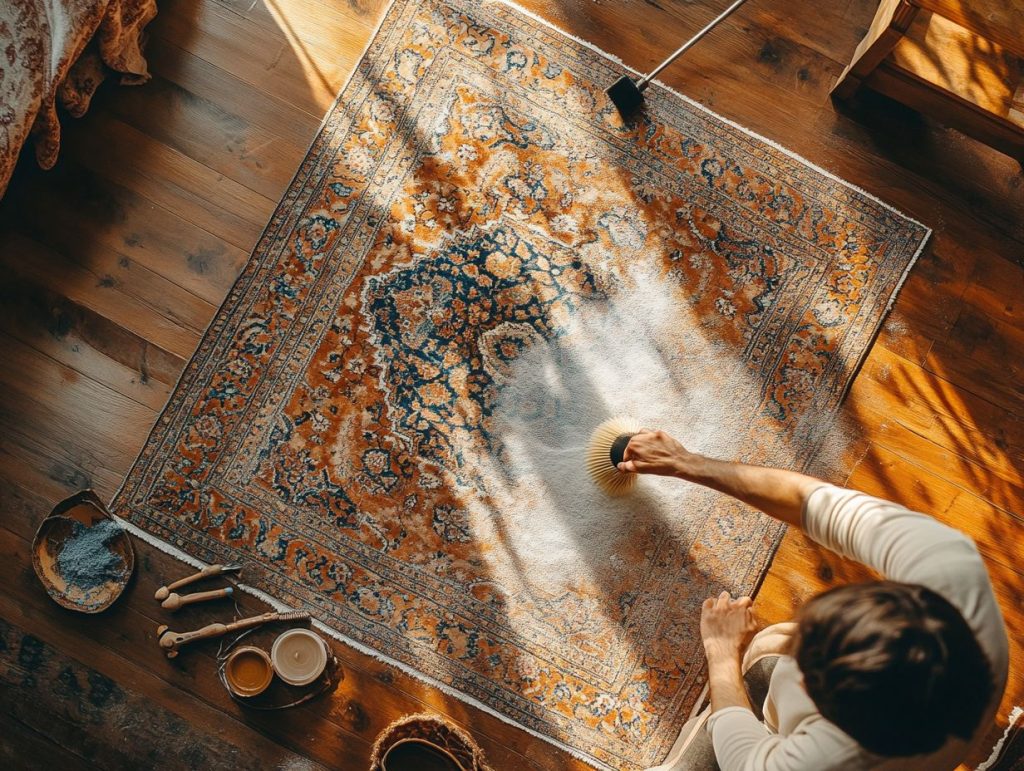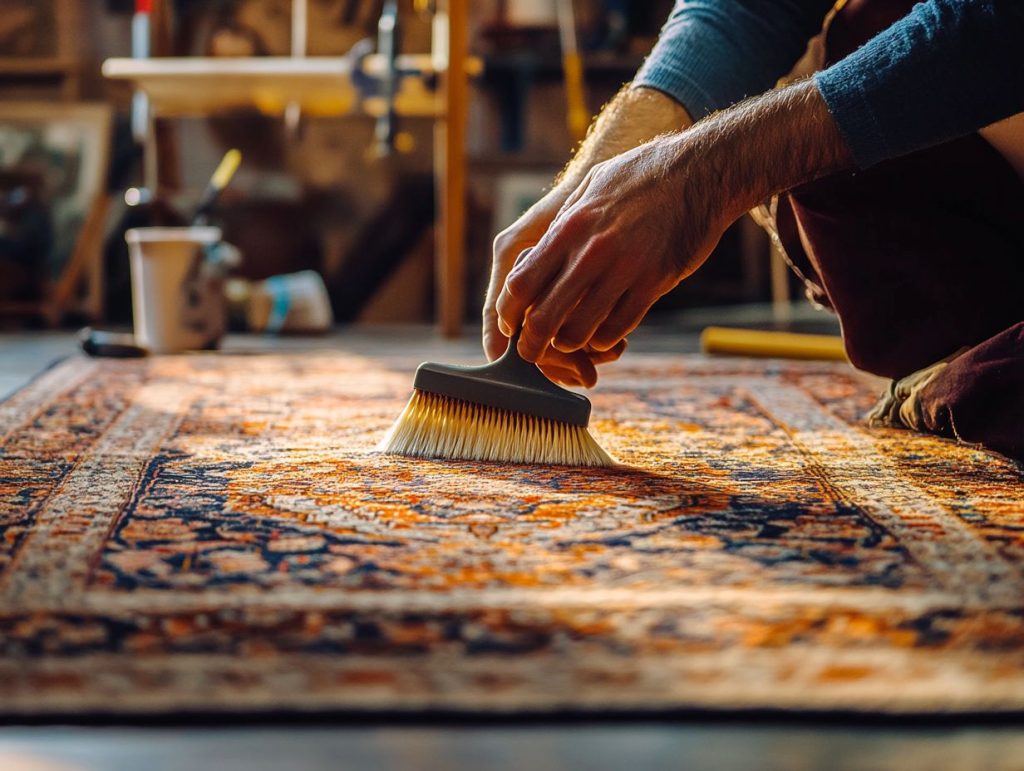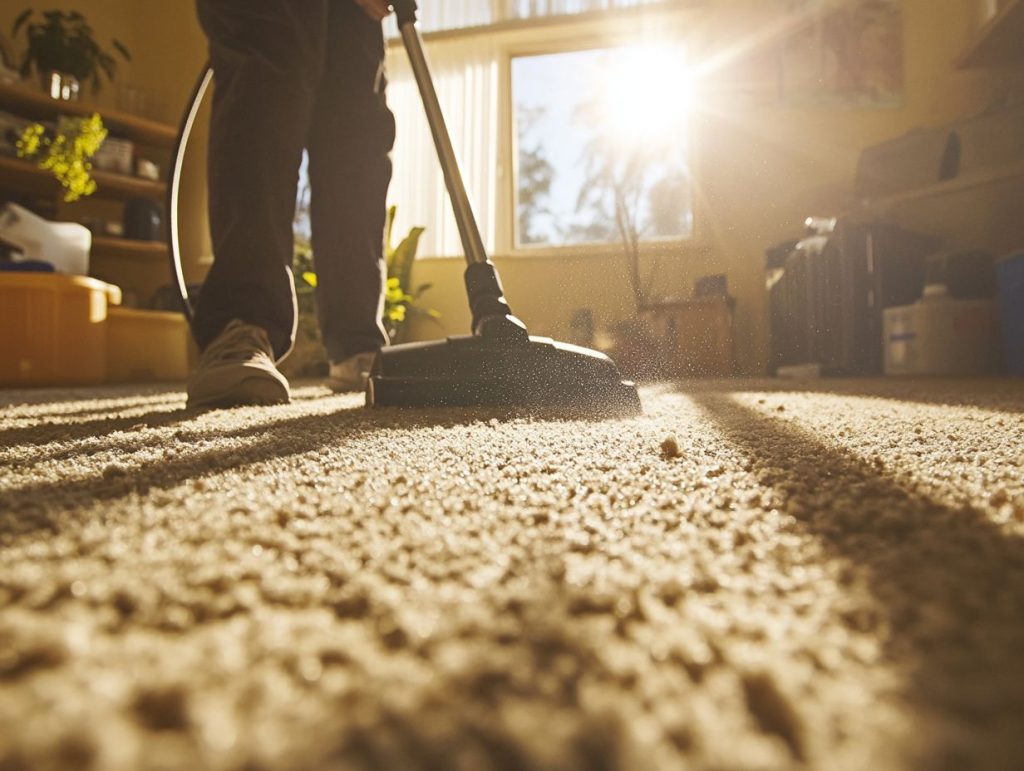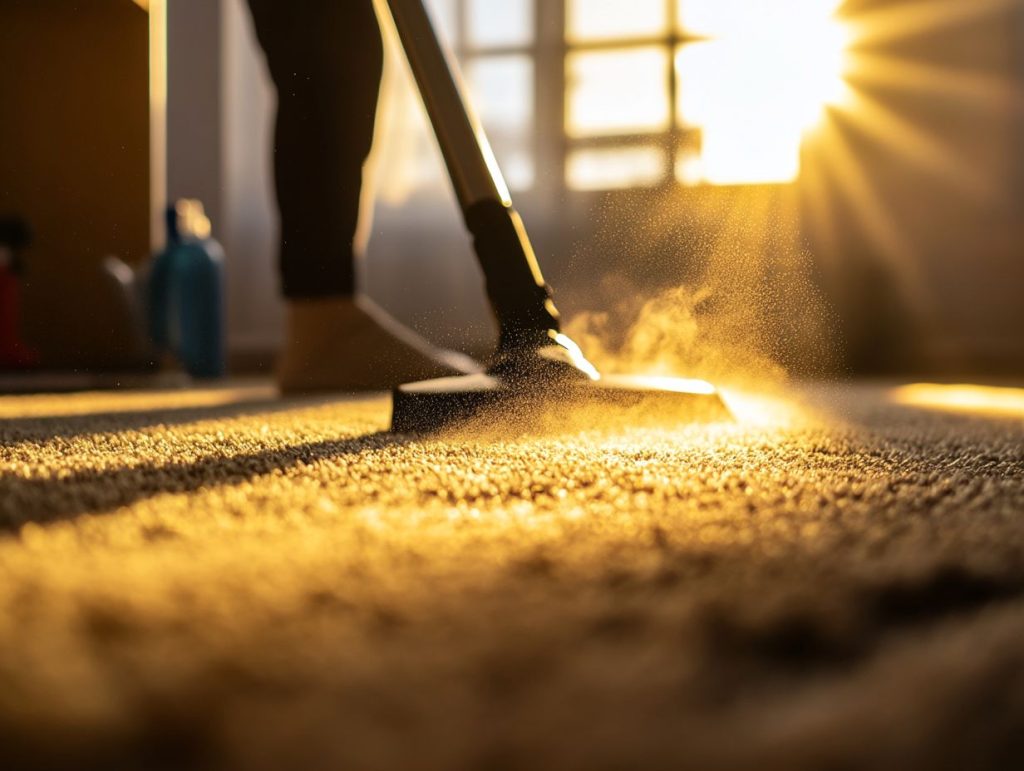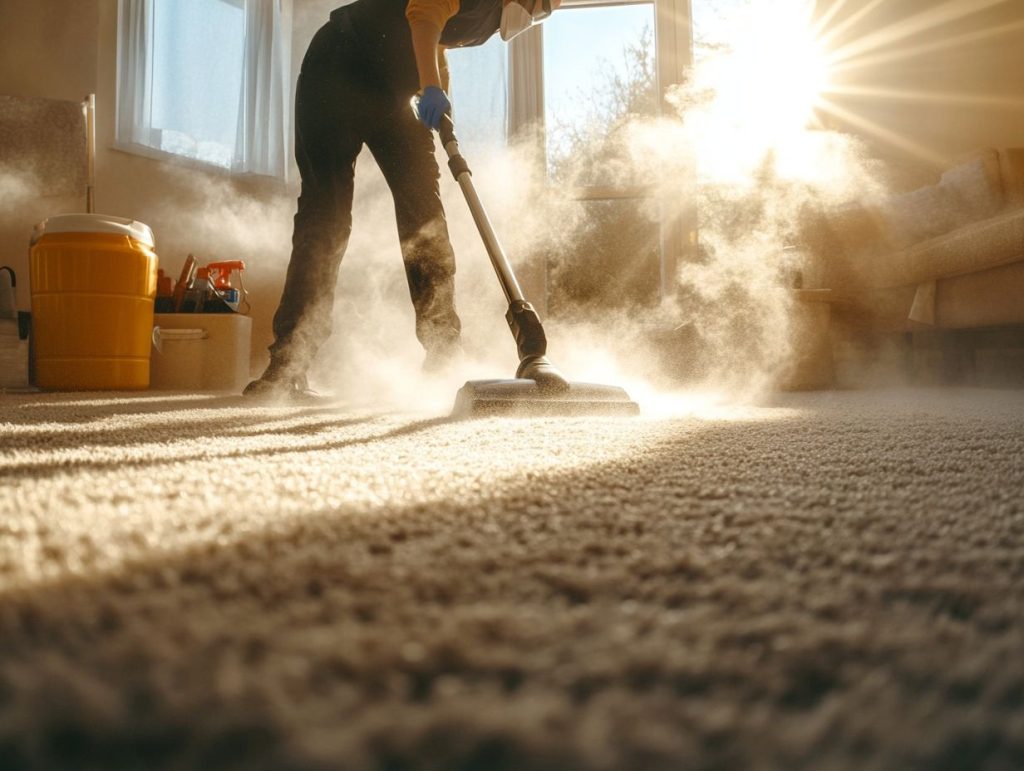If you’ve got carpets at home and your child’s been coughing at night, wheezing or gasping during play, don’t wait. Book a hot water extraction service – honestly, it’s one of the best things I ever did for my family.
A couple of years ago, our youngest, Mia, started having these strange little coughs every night. Nothing too dramatic at first. We assumed it was a cold. But the cough stuck around. Then came the wheezing when she ran about with her older brother. That’s when alarm bells rang. We saw the GP, did the usual tests, and sure enough – early signs of asthma. We felt helpless. But then, we started making changes. One of the first – and most effective – was dealing with our carpets.
Now, I’d always kept a tidy home. Weekly vacuuming, the odd DIY steam cleaner blast. But it wasn’t enough. Our doctor mentioned how carpets trap dust mites and allergens, and suggested getting a professional hot water extraction. I was sceptical, but desperate. The result? Within a week, Mia was sleeping better. The coughing eased. It wasn’t a miracle cure, but it made a huge difference.
If your little one is showing early signs of asthma, don’t wait until it gets worse. Especially in London homes where carpets are everywhere and ventilation isn’t always ideal, hot water extraction could be a life-changing step. Let me explain why.
Spotting the Early Signs of Asthma in Children
Not All Coughs Are Just Colds
Asthma in children can creep in quietly. It doesn’t always come in with a dramatic attack. Often, it starts with subtle symptoms that are easy to miss or dismiss. The NHS lists common signs like:
- Frequent coughing, especially at night
- Wheezing or whistling sounds when breathing
- Shortness of breath during play or exercise
- Tightness in the chest
- Complaints of tiredness or lack of energy
These symptoms often show up when a child is running about or trying to sleep. They may be worse at night or early in the morning. The problem is that these signs can mimic common colds or allergies, so parents might not take action early enough.
Asthma UK has reported that around 1 in 11 children in the UK live with asthma. That’s over 1 million kids. And in London, pollution and allergens make things worse. So if you’re in doubt, it’s always worth checking in with a GP or asthma nurse.
Why Carpets Could Be Making It Worse
The Hidden Health Hazard Under Your Feet
Carpets may feel soft and warm, but they’re also one of the biggest culprits when it comes to indoor allergens. Unlike hard floors, carpets hold onto every bit of dust, pollen, pet dander, and microscopic particles that float in from the street – and London’s streets are full of them.
A 2021 study published in Indoor Air Journal confirmed that carpeted floors carry significantly more allergen load than hard flooring, particularly in bedrooms and living areas. The fibres act like a sponge, trapping all the nasties and releasing them every time someone walks by.
Children are particularly vulnerable. They spend more time on the floor – playing, crawling, rolling around – and their lungs are still developing. For a child showing signs of asthma, this invisible dust cloud can be a nightmare.
Dust mites are a big player in all this. These tiny creatures thrive in warm, humid environments and feed on the skin flakes we shed. Their waste particles are one of the most common triggers of asthma symptoms in children. And guess where they love to live? Deep inside your carpets.
Why Hot Water Extraction Is the Answer
What Is Hot Water Extraction, Really?
Hot Water Extraction (HWE) – sometimes called steam cleaning – is a deep-cleaning method that uses high-pressure hot water mixed with specialist cleaning solutions. It’s injected into the carpet fibres and then powerfully extracted along with all the dirt, grime, allergens, and mites that have made themselves at home there.
Don’t confuse it with a basic steam mop. HWE machines use much higher pressure and heat, along with industrial-grade suction. That means they don’t just freshen the top layer – they reach right into the carpet pile and remove contaminants down to the backing.
Why It’s Perfect for Allergy Sufferers
Several studies back this up. Research from the Journal of Allergy and Clinical Immunology (2018) found that professional hot water extraction significantly reduced dust mite allergen levels in carpets for up to two months post-treatment. When combined with allergen-proof bedding and air filtration, it’s a powerful approach to asthma management at home.
For kids already showing early signs of asthma, this isn’t about spring cleaning – it’s about health. HWE doesn’t just remove visible dirt; it tackles the hidden irritants that make breathing harder for sensitive lungs. You might not see it, but your child’s lungs will definitely notice.
Don’t Delay – The Sooner, The Better
Fast Results That Keep On Giving
I’ll be honest. We booked our first hot water extraction because we were desperate to help Mia sleep through the night. I wasn’t expecting miracles. But within 48 hours, we saw changes. She wasn’t wheezing at bedtime. She stopped rubbing her eyes. That awful dry cough almost vanished.
Hot water extraction is one of those rare solutions that works fast and keeps on working. Because it removes allergens at the source, it reduces exposure immediately. And with regular cleaning – say, every 6–12 months – you can keep those allergen levels consistently low.
A study from the University of Manchester found that regular deep cleaning of carpets reduced asthma-related symptoms by nearly 40% over a six-month period. That’s not just theory – that’s real results, measured in clearer breathing and better sleep.
Procrastination Isn’t Worth the Risk
Look, I get it. Life gets busy. Kids, work, dinners, school runs – professional carpet cleaning drops down the list. But if your child is struggling to breathe, even slightly, you can’t afford to wait.
In London homes where windows don’t open much and central heating is always humming, airborne allergens don’t just float away. They settle. They build up. And carpets hold them close. The longer you wait, the more you’re asking a young set of lungs to cope with conditions they shouldn’t have to.
Taking Action – What Should You Do Now?
Simple Steps for London Families
If you’ve noticed some of the early signs of asthma in your child, here’s what I’d recommend:
- Book a GP appointment – Get a proper diagnosis or at least an asthma review.
- Check your home – Especially bedrooms. Look at what’s soft and what’s likely to hold dust.
- Hire a professional HWE service – Skip the DIY steamers. You need power and precision.
- Repeat regularly – Every 6 months in bedrooms, annually for the rest of the home.
- Add other asthma-friendly changes – Use anti-allergy bedding, dust with microfibre cloths, and open windows when the air quality is good.
For London renters, remember: you don’t need to wait for your landlord. Many cleaning companies offer tenant-friendly services with affordable packages. And if the carpets are really old and mouldy, that’s something to raise with your letting agent.
Final Thoughts – Clean Carpets, Clearer Breathing
Asthma might not be curable, but it’s absolutely manageable – especially in those early stages. One of the easiest, most effective things you can do as a parent is tackle the dust and allergens in your home. And if you’ve got carpets, that means hot water extraction.
It worked for Mia. She still has to watch her activity levels and we keep an inhaler around, but she plays, sleeps and breathes much better. And as a parent, that peace of mind is priceless.
Your carpet might look clean. But what’s buried beneath it could be affecting your child’s health every single day. Don’t wait for it to get worse. Call in the hot water extraction pros – and give those little lungs a fighting chance.
